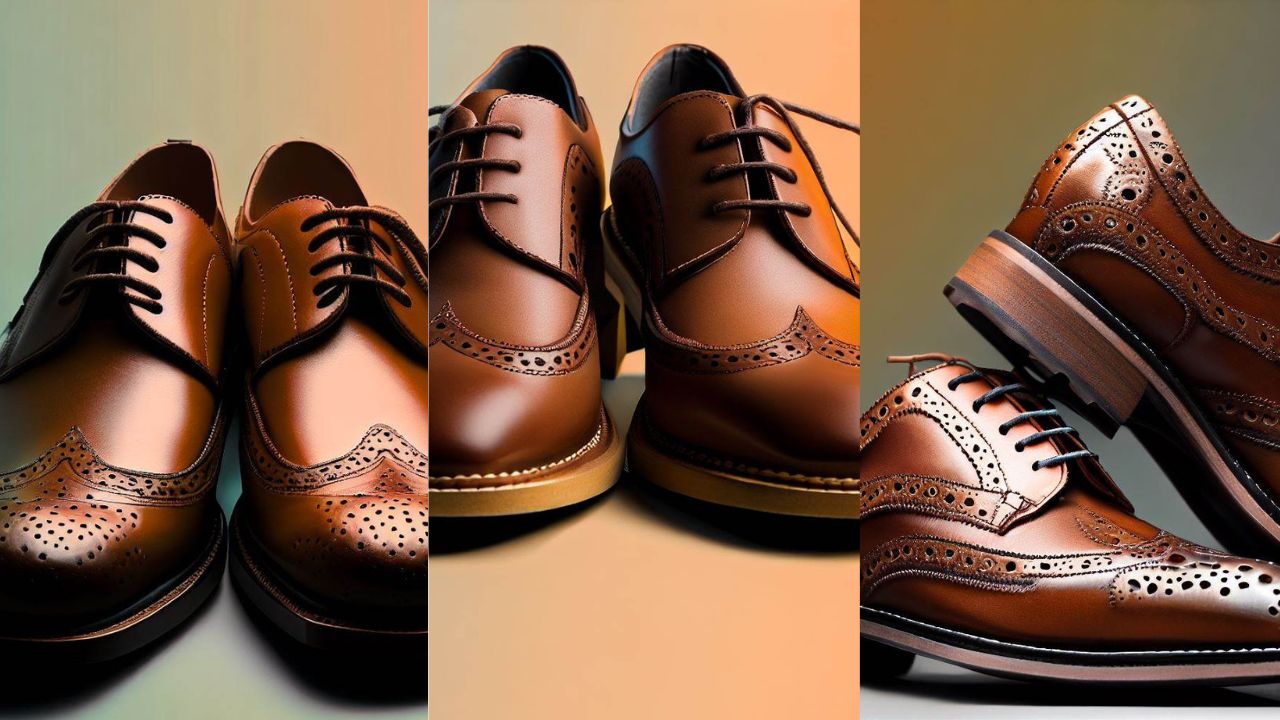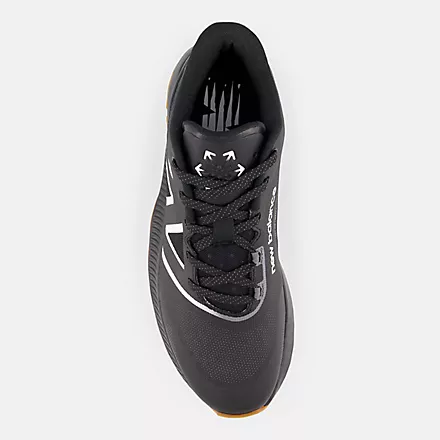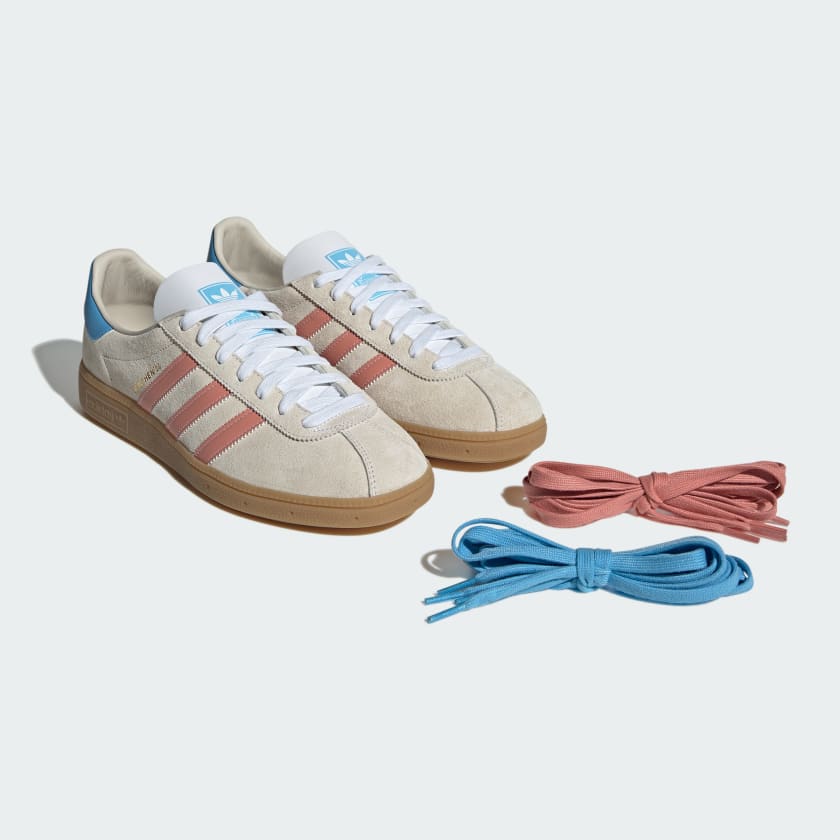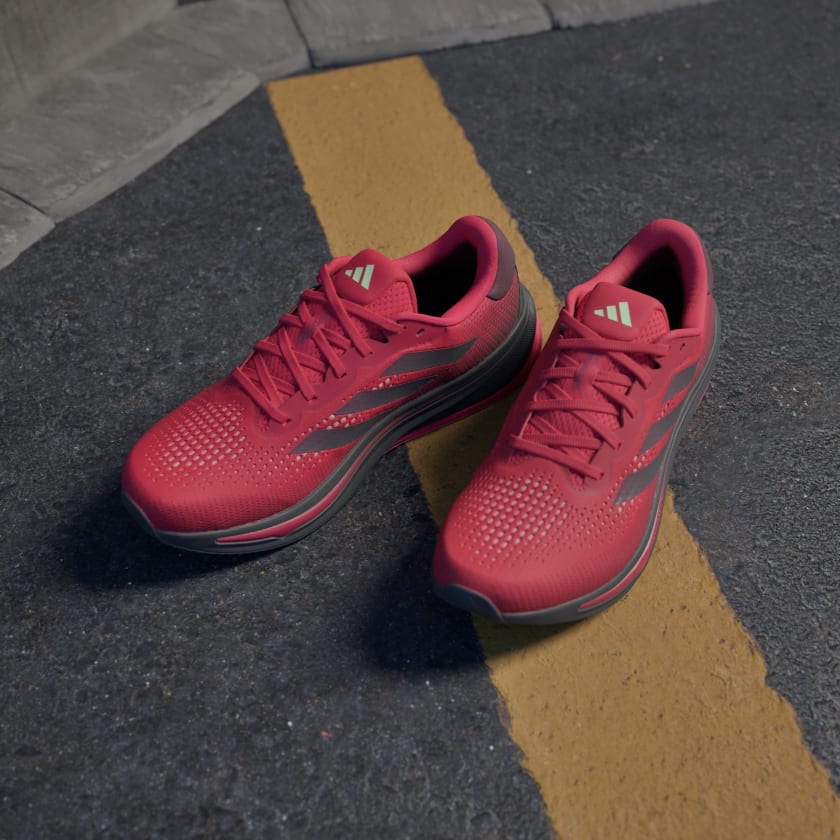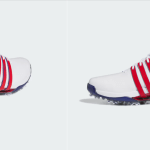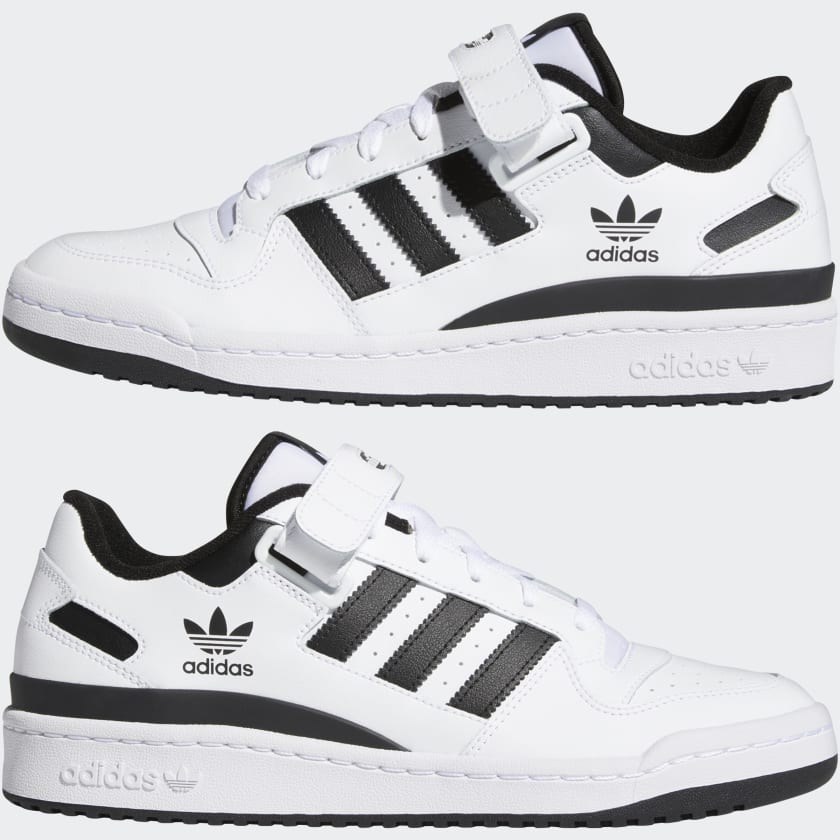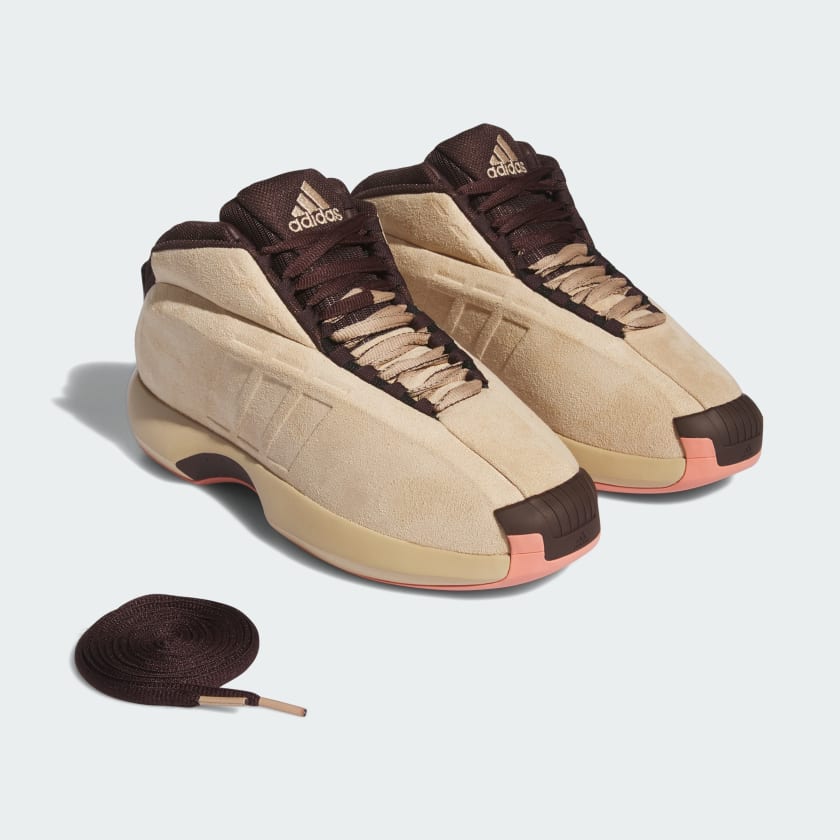Derby vs Oxford vs Brogue: Confused about choosing between Derby, Oxford, and Brogue shoes? Discover the distinctive features and styles of each, and find your perfect fit. Explore the differences now!
If you are looking for a pair of dress shoes that can elevate your style and complement your formal outfits, you might be wondering what are the differences between Derby, Oxford and Brogue shoes. Three popular options that exude timeless elegance and sophistication are Derby, Oxford, and Brogue shoes. These are three common types of dress shoes for men, but they have distinct features and levels of formality that you should know before buying them.
Each of these shoe types has its own unique characteristics, making them suitable for various occasions and personal preferences.
In this article, we will delve into the distinctive features and styles of Derby, Oxford, and Brogue shoes, providing you with the knowledge to make an informed choice for your next shoe purchase.
Main Difference Between Derby, Oxford, and Brogue shoes:
| Feature | Derby | Oxford | Brogue |
|---|---|---|---|
| Lacing system | Open | Closed | Open or closed |
| Formality | Less formal | More formal | Less formal or more formal, depending on the type of brogue |
| Versatile | Yes | Yes | Yes, but less versatile than a Derby |
| Decorative perforations | No | No | Yes |
| Toe shape | Round or square | Pointed | Round, square, or wingtip |
| Sole | Leather or rubber | Leather | Leather or rubber |
| Season | All seasons | All seasons | Fall and winter |
What are Derby Shoes?
Derby shoes, also known as Gibson shoes, are renowned for their versatile and timeless design. Derby shoes are lace-up shoes that have the throat (the part that has the eyelets for the laces) stitched over the vamp (the front part of the shoe). This creates an open lacing system that allows more flexibility and adjustment for different foot shapes and sizes.
This construction allows for a wider fit and makes Derby shoes a popular choice for individuals with wider feet or those seeking extra comfort.
Derby shoes are characterized by their relaxed and casual appearance, making them suitable for various occasions. Whether you’re attending a business meeting or going out for a weekend brunch, Derby shoes effortlessly complement both formal and casual attire. Their versatility and comfort make Derby shoes a must-have in any gentleman’s shoe collection.
Derby shoes are slightly less formal than Oxford shoes, but they are still suitable for business casual and smart casual outfits. They can be worn with suits, jackets, trousers, chinos, and even jeans, depending on the colour and material of the shoe.
Derby shoes come in various styles, such as plain toe, cap toe, wingtip, or brogue (more on that later). They can also have different types of soles, such as leather, rubber, or crepe. The most common colours for Derby shoes are black, brown, tan, and burgundy.
Some examples of Derby shoes are:
What are Oxford Shoes?
Oxford shoes are considered the epitome of formal footwear. Oxford shoes are lace-up shoes that have the throat of the shoe stitched under the vamp. This creates a closed lacing system that gives a sleeker and more elegant look to the shoe. This construction creates a sleek and streamlined appearance, making Oxford shoes perfect for formal occasions such as black-tie events, weddings, or business formal dress codes.
Known for their elegant simplicity, Oxford shoes are typically crafted from high-quality leather and showcase a refined silhouette. Their closed-lace design provides a more secure fit and exudes a sense of sophistication and formality. If you aim to make a lasting impression with your attire, Oxford shoes are the go-to choice.
Oxford shoes are more formal than Derby shoes and are usually worn with suits or tuxedos. They are ideal for weddings, business meetings, or other formal events. They can also be worn with smart casual outfits, such as trousers and blazers.
Oxford shoes also come in various styles, such as plain toe, cap toe, wingtip, or brogue. They can also have different types of soles, such as leather or rubber. The most common colors for Oxford shoes are black and dark brown.
Some examples of Oxford shoes are:
What are Brogue Shoes?
Brogue shoes are renowned for their intricate perforations and decorative patterns, known as broguing. Brogue shoes are not a separate type of shoe, but rather a style that can be applied to both Derby and Oxford shoes. Brogue shoes have broguing, which is a pattern of decorative perforations along the leather uppers of the shoe.
Broguing can be found on various parts of the shoe, such as the toe, the vamp, the quarter (the side part of the shoe), and the counter (the back part of the shoe).
Brogue shoes have now evolved into stylish footwear suitable for both formal and casual occasions. These shoes offer a unique blend of style and tradition. They come in various styles, ranging from semi-brogues with minimal broguing to full brogues with elaborate patterns covering the shoe’s surface. The brogue detailing adds a touch of character and visual interest, making them an excellent choice for individuals looking to elevate their style without compromising on comfort.
Brogue shoes are less formal than plain toe shoes, but they add more character and flair to your outfit. They can be worn with casual suits, jackets, chinos, jeans, and even shorts. They can also have different types of broguing, such as full brogue (also known as wingtip), semi brogue (also known as half brogue), quarter brogue (also known as punch cap), or longwing brogue.
Brogue shoes can also have different colors and materials, such as leather or suede. The most common colors for Brogue shoes are brown, tan, burgundy, and navy.
Some examples of Brogue shoes are:
How to Choose the Right Dress Shoe for You
Now that you know the differences between Derby, Oxford and Brogue shoes, how do you choose the right one for you? Here are some factors to consider:
- The occasion: If you are attending a formal event, such as a wedding or a business meeting, you should opt for Oxford shoes, preferably in black or dark brown. If you are dressing for a casual or smart casual event, such as a date or a brunch, you can choose Derby or Brogue shoes, in any color or material that suits your outfit.
- The fit: If you have wide or high feet, you might find Derby shoes more comfortable and adjustable than Oxford shoes, due to their open lacing system. If you have narrow or low feet, you might prefer Oxford shoes for their sleeker and snugger fit.
- The style: If you want a classic and timeless look, you can’t go wrong with plain toe or cap toe shoes, either in Derby or Oxford style. If you want to add some personality and flair to your look, you can opt for wingtip or brogue shoes, either in Derby or Oxford style.
Caring for Your Shoes: Maintenance Tips
To ensure your Derby, Oxford, or Brogue shoes maintain their beauty and longevity, proper care and maintenance are crucial. Here are a few tips to keep in mind:
- Regularly clean your shoes using a soft brush or cloth to remove dirt and dust.
- Use a high-quality shoe polish to nourish the leather and maintain its shine.
- Invest in shoe trees to preserve the shape of your shoes and prevent creasing.
- Rotate your shoes to allow them to rest and recover their shape between wears.
- Store your shoes in a cool, dry place away from direct sunlight to prevent damage.
By following these maintenance practices, you can extend the lifespan of your cherished footwear and enjoy their elegance for years to come.
Final Verdict:
Derby, Oxford and Brogue shoes are three types of dress shoes that every man should have in his wardrobe. They can elevate your style and complement your formal outfits, as well as your casual and smart casual outfits.
The main difference between Derby and Oxford shoes is the lacing system: Derby shoes have an open lacing system, while Oxford shoes have a closed lacing system. The main difference between Brogue and non-Brogue shoes is the broguing: Brogue shoes have decorative perforations along the leather uppers, while non-Brogue shoes do not.
To choose the right dress shoe for you, you should consider the occasion, the fit, and the style that you want to achieve. You can also mix and match different colors and materials to create different looks.
In conclusion, Derby, Oxford, and Brogue shoes each have their own unique qualities that cater to different occasions and styles. Whether you prefer the versatility of Derby shoes, the formality of Oxford shoes, or the fusion of style and tradition in Brogue shoes, investing in a well-crafted pair will elevate your footwear collection and leave a lasting impression with your impeccable sense of style.
We hope this blog post has helped you understand the differences between Derby, Oxford and Brogue shoes and how to choose the right one for you. If you have any questions or comments, feel free to leave them below. Happy shoe shopping!
FAQs (Frequently Asked Questions)
1. Are Derby shoes suitable for formal events? Derby shoes have a more casual aesthetic and are better suited for smart-casual occasions rather than formal events. It’s advisable to opt for Oxford shoes for formal occasions.
2. Can I wear Brogue shoes with a suit? Yes, you can definitely wear Brogue shoes with a suit. However, it’s recommended to choose a pair with minimal broguing or opt for semi-brogues for a more formal look.
3. Are Oxford shoes comfortable? Oxford shoes are designed to provide a secure fit and offer adequate comfort. However, comfort levels may vary depending on factors such as shoe material, sole cushioning, and individual preferences.
4. How do I maintain the shine of my Oxford shoes? To maintain the shine of your Oxford shoes, regularly clean them with a soft brush or cloth and apply suitable shoe polish. This helps nourish the leather and restore its luster.
5. Can I wear Derby shoes with jeans? Yes, Derby shoes can be worn with jeans for a stylish and casual look. They provide a comfortable and versatile option that pairs well with denim.
